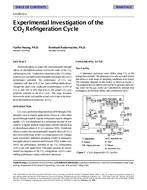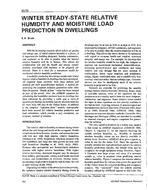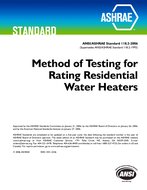Click here to purchase
Condenser heat exchangers for vapor-compression systems are typically designed with the aid of various empirical and semi-empirical heat transfer correlations. Fundamental principles of single-phase correlations have already been developed while experimental research provides data to continually improve fundamental theory for the two-phase regime. Consequently, most heat exchanger models have to be calibrated to test data which is both expensive and can lead to inaccuracy at operating points extrapolated from experimental data. Models of the phase change within a condenser coil are typically analyzed in three zones – the superheated, saturated liquid-vapor mixture, and subcooled regions. However, this three-zone model neglects the characterization and thermal effects of condensation from transitions in and out of the saturated mixture region. This paper presents the theoretical comparisons of a recently published five zone heat transfer model compared to the existing three zone model of a commercial condenser and its experimental data. The refrigerant used in the air to refrigerant heat exchanger test was R410a. The results of the comparison will indicate whether the commercially available performance prediction tool can be improved for more accurate results with reduced laboratory test burden in future heat exchanger designs.
Citation: 2021 Virtual Conference Papers
Product Details
- Published:
- 2021
- Number of Pages:
- 10
- Units of Measure:
- Dual
- File Size:
- 1 file , 3 MB
- Product Code(s):
- D-VC-21-C044


